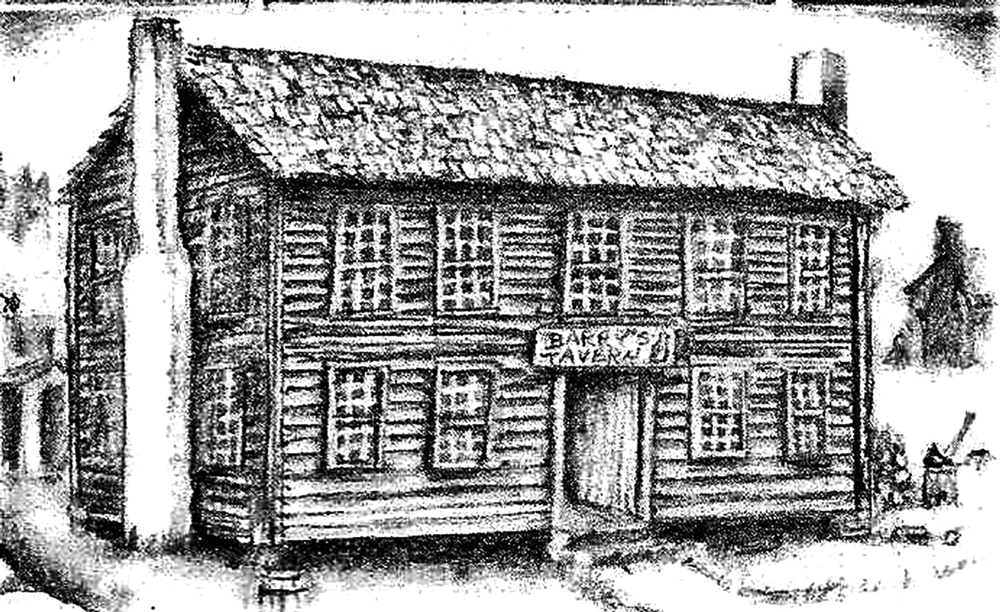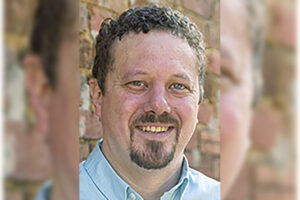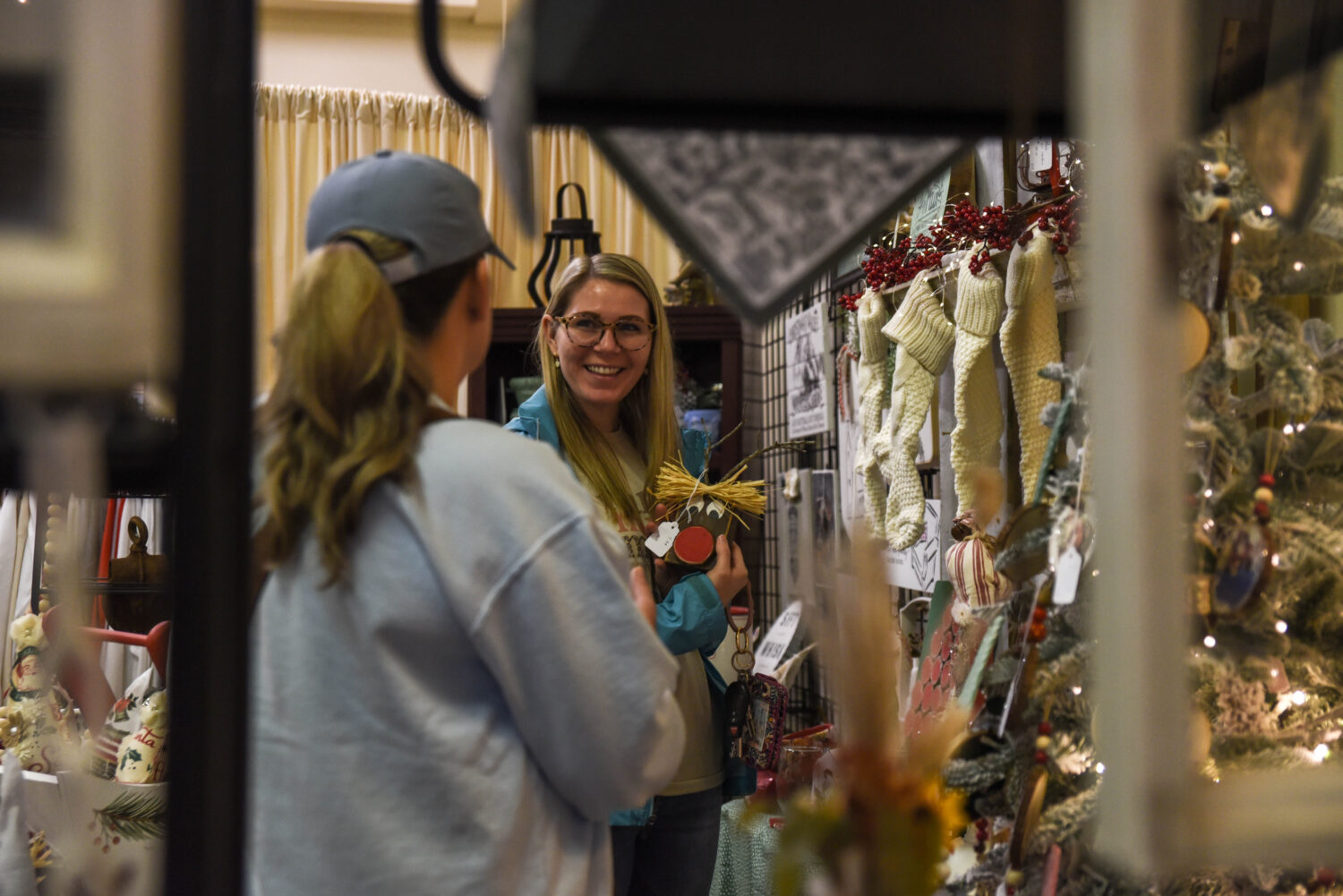History is never simple and can be awfully confusing, especially when you fall down a rabbit hole. I have stumbled into another one. I’ve been working with Carolyn Kaye trying to make sense out of the development of Columbus from its establishment as a town in Alabama in 1819 into the mid-1820s after it had been incorporated in Mississippi. The earliest published reference to the town of Columbus appears to be an Alabama legislative act in 1819 establishing a voting precinct for Marion County “at some suitable house in the town of Columbus.” As is often the case some of the bits of the historical record don’t seem to fit.
Carolyn had pulled a copy of the original 1820 Census document that had Columbus listed as a town August of 1820. However, the original document, which was the 1820 Alabama census, had been lost, but the data was saved. The information for that part of Marion County, Alabama, which became Monroe County, Mississippi, was moved to the Mississippi census. According to the census as of August 7, 1820, the following households were in the Town of Columbus:
“Columbus
John H. Bibb: Free White Persons 6; Slaves 1; Free Colored Persons 2
Richard Barry: Free White Persons 22; Slaves 10; Free Colored Persons 2
William Crownover: Free White Persons 3
Joseph Miller: Free White Persons 3
Samuel Berryhill: Free White Persons 1; Free Colored Persons 1
John H Mays: Free White Persons 5
Gideon Lincecum: Free White Persons 10; Slaves 3; Free Colored Persons 1
William Cocke: Free White Persons 9; Slaves 3; free Colored Persons 3
Andrew McCrary: Free White Persons 3; Slaves 3; Free Colored Persons 1
William Vizer: Free White Persons 9; Slaves 1; Free Colored Persons 1
Thomas Sampson: Free White Persons 5; Slaves 1; Free Colored Persons 1
Joseph H. Smith: Free White Persons 5; Slaves 1”
There is a problem in that several people that we know were living in the downtown area show up living outside the town. An example is Spirus “Possum” Roach. His place was the 1817 log cabin near the northeast corner of College and 3rd Street South. More research is needed, but it may be that the town of Columbus, Alabama, was only considered to be those living directly on what are now Main Street and 2nd Avenue North between 5th and 3rd Streets. We have found no written town limits description prior to Columbus being chartered in Mississippi, and the inconsistency may reflect the town’s growth between 1819 and 1821.
However, we do know how downtown developed. The Rev. George Schaeffer moved to Columbus in 1822. In 1872 he wrote a description of downtown for the Columbus Index titled “Columbus in 1822 by its Oldest Inhabitant.” I have taken his description and added the location of present day buildings to show how today’s downtown overlays on Columbus as it was 200 years ago.
“As may be supposed, Columbus was a small place when my eyes first beheld it in 1822. It contained about 150 inhabitants. Main Street presented quite a different appearance from at present; only a few scattering houses: On the south side at the west end, there was a large house, composed of four rooms in each story, with a cross passage through the center in each direction; this stood on the point of the hill. It was occupied by the venerable Judge Cocke, who called it “a big pile of logs” (now Tennessee Williams home site). The next house going east was a one storied store about 20-by-30 (feet), frame, kept by Judge Haden; it stood opposite the post office (about where the law office of Crowell, Gillis and Cooper is now located). The next was a two-story frame store on the corner opposite the hotel, occupied by John B. Raser (now the old Masonic building).
Between that and the corner of Main and Market streets, there was quite a hollow (The low place where the Trotter Convention center is located extended as a “hollow” across main street into the middle of the block south of Main). The first house from Raser’s was a log blacksmith shop in the hollow about halfway down the square (about where The Paint Store is located). The next house was a small tailor shop (now 422 Main St.). The next was a one story, about 50 feet long, occupied by Capt. C. Adams as a store; this stood about where Knapp’s shop stands (now the site of the Globe). The next house was an old carpenter’s shop on the Gross corner (former Fashion Barn). There was a carpenter’s shop on the corner occupied by Humphries and Hudson (now Ruth’s Building and Cafe on Main). From thence east and south was covered with pines and small bushes.
On the north side of Main Street, west end, was a one-story store kept by Capt. Kewen (now small brick office building next to Elks Club). The next building was a small retail whiskey shop (now Elks Club). The next was Barry’s Tavern, a two-story house of pretty large dimension, a frame, but unfinished, it stood on the corner where the Gilmer Hotel is kept (the now vacant Gilmer lot). On the opposite corner, where the Index office is kept, stood a small two story framed house occupied below as Dr. Barry’s shop and above a Masonic lodge (Varsity Building). From these, going east was no building until after crossing a deep hollow (behind Trotter Convention Center), you arrive at a long one-story house, occupied in part by Major William Dowsing as a tavern, and in the west end as a small retail store; this house was on Blair’s Corner (now Bank of Commerce building on the northwest corner of Main and Market). Market Street was not built upon. The balance of the village was composed of a few log cabins scattered among the bushes. The Franklin Academy was a small frame house 30-by-40 (feet) not ceiled or plastered; this was the preaching place of all denominations; the Methodist was the only organized church at that time, composed of a very few members (current Franklin Academy is still at the original location).”
From other sources, we have found references that identified the site of other early downtown Columbus residences and businesses. The Columbus Post Office was established on March 6, 1820 and by 1821 was at the house of Gideon Lincecum. the house, which was built in 1819, was the first frame house in Columbus and was located on 2nd Ave North behind the Elks Club building.
The site of the first house built in Columbus in 1817 was described in 1848 as being on the grounds of C.D. Warren’s residence. The 1849 city map shows Warren’s house located on the northeast corner of the intersection of College and 3rd Streets South. That is across the street from my house which was apparently built or purchased by Charles Abert in 1825. Rabbit holes can be interesting to fall into.
Rufus Ward is a Columbus native a local historian. E-mail your questions about local history to Rufus at [email protected].
You can help your community
Quality, in-depth journalism is essential to a healthy community. The Dispatch brings you the most complete reporting and insightful commentary in the Golden Triangle, but we need your help to continue our efforts. In the past week, our reporters have posted 41 articles to cdispatch.com. Please consider subscribing to our website for only $2.30 per week to help support local journalism and our community.






